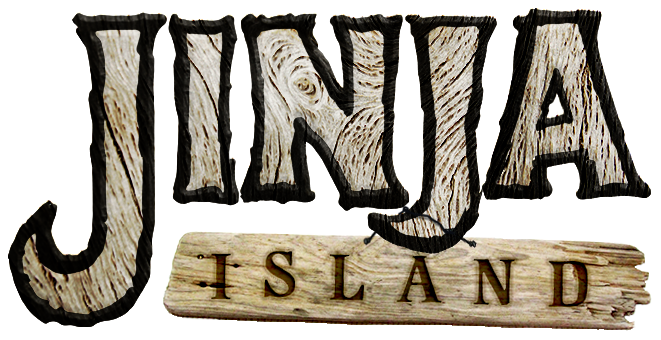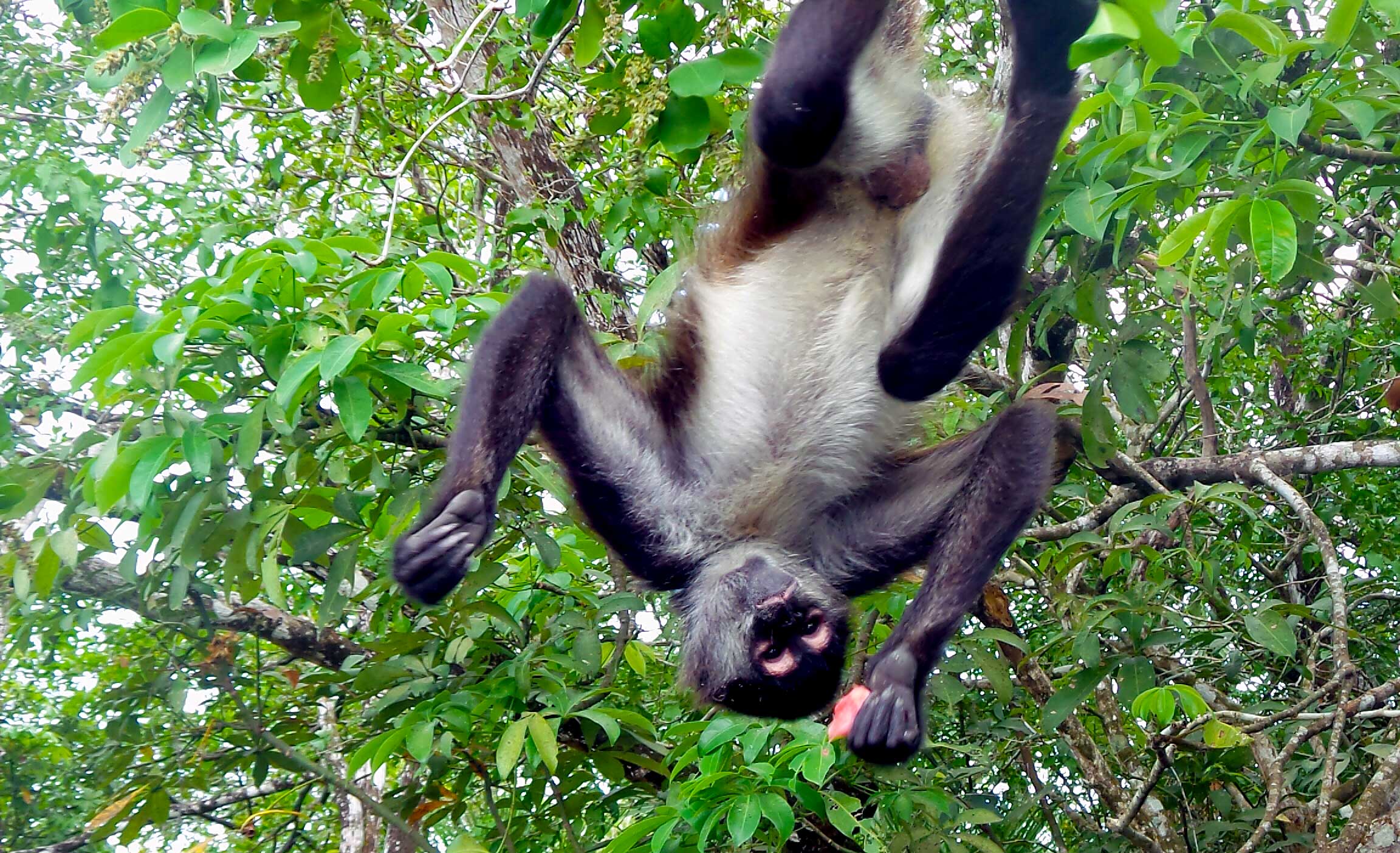Thursday 10th – Friday 11th April 2014
We left Punta Gorda in the morning, a bit sad to leave. I didn’t really get a measure of the place when I visited for a few hours back in 2009; now I have a deep affection for the sleepy little town – incredibly friendly locals, great food, good times guaranteed. But I didn’t get two Guinness World Records by sitting on my arse.

So then NORTH, MS TESSMACHER NORTH!


Case and I quick-footed it to the nearest hotel that was within our budget – the Akihito, named – rather improbably – after the Emperor of Japan. After slinging our backpacks down, we headed out into the warm night air in search of a clever way we could get to the Mayan city of Lamanai the next day.
The first place we went to was just off the main square, a poky little office, narrow and covered in papers and trash. We knew that to get to Lamanai would require us to take a long boat ride down the river (Lamanai is inaccessible by road), and we really wanted to go with somebody it looked like we could trust. I’m not one to judge a book by it’s cover, but if the cover says ‘Fifty Shades of Grey’ then I can hazard a guess at its contents. These guys would not be taking us to Lamanai, not if there was any other option whatsoever.
Happily, there was.
Our Lonely Planet was a good six years out of date, so we were taking everything with a pinch of salt, but there seemed to be another option on the road that ran parallel with the river. Only it was dark, not very well lit, and a bit off-putting.
I’m all for putting myself in ridiculously compromising positions, but I’ve got somebody else here to worry about, and worry I do. When a big fuck-off pick-up with blacked-out windows pulled up along side us, my Spidey-Sense started tingling.
“You looking for a tour?” asked the guy in the pick-up.
“Yeah.”
“Okay, come with me.”
Oh bloomin’ eck, now I’m in trouble.
The Englishness chip in my brain that forces me to not appear rude no matter how threatening the situation went into overdrive.
“Where are you going?”
“Just up this path here! Come on, get in!”
“It’s okay, we’ll follow you.”
So we didn’t get into the car, but we did walk down a long dimly lit pathway after the car. This kind of situation happens all the time when you’re travelling, the trick is to always have an exit strategy. For me, that’s usually RUN LIKE HELL! You can’t do that in a car.
Turns out Lance, the guy in the car, was the owner of the Lamanai Riverside Retreat, a gorgeous little hideaway situated right by the river. When we got to the bar, I soon realised we’d made a good call following him down that road (and possibly came across as a little rude for not getting in the car, but hey-ho). Lance sorted us out with tickets for the boat trip the next day, as well as (delicious) dinner and copious amounts of beer.
After we’d eaten, Lance came and joined us at our table overlooking the river below. He regaled us with tales of life in the jungle, as a guide climbing up mountains with suicidally stupid tourists. We laughed, we drank, it was good.
The next morning we were up bright and early and back to the Retreat for our drip down the New River.


But this was no standard jaunt down any old river… New River is home to some absolutely fascinating wildlife.
At the end of the two hour boat journey (there were lots of stops), we arrived at our second complex of the Ruta Maya: Lamanai.
Mayan Site #2: Lamanai

The summit of the High Temple affords a view across the surrounding jungle to a nearby lagoon, part of New River.
In the jaguar temple there is a legend that you can find an ancient spear called the heart of the jaguar, even though the temple got his name from the jaguar faces on each side.
The most interesting features on the Mask Temple, a short walk from the Jaguar Temple are (somewhat predictably) the two masks that decorate the west façade of the temple.
The masks are 15 feet high and sit on two levels on the south side of a central stairway. They represent humanized faces and are bordered by decorative elements. The headdress of the left mask apparently represents a crocodile.
That evening we returned to the Lamanai Riverside Retreat where over a few too many beers, Lance convinced us to stay an extra day in Orange Walk. Apparently, Lance also owns a private island, in the middle of New River. It’s called ‘Dead Man’s Island’ and we were invited to visit.
A fellow island owner? How could I say no?



























